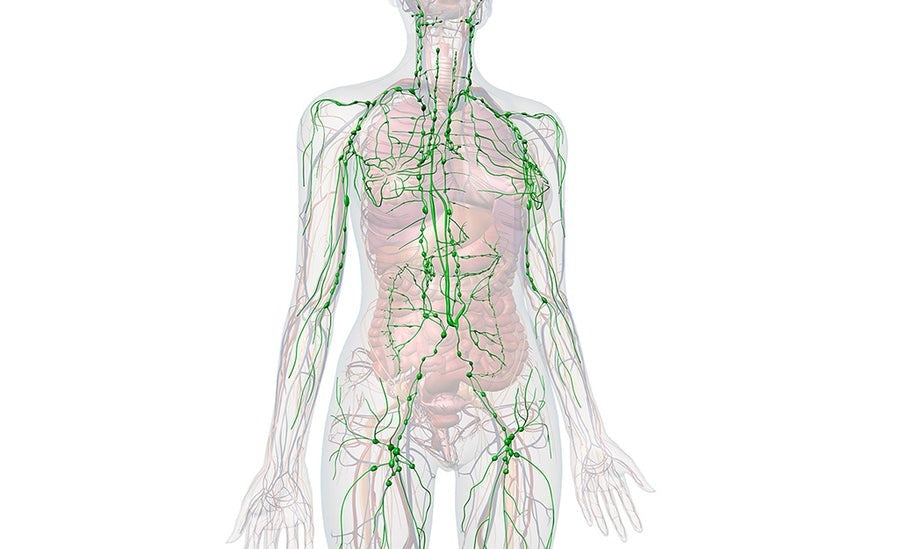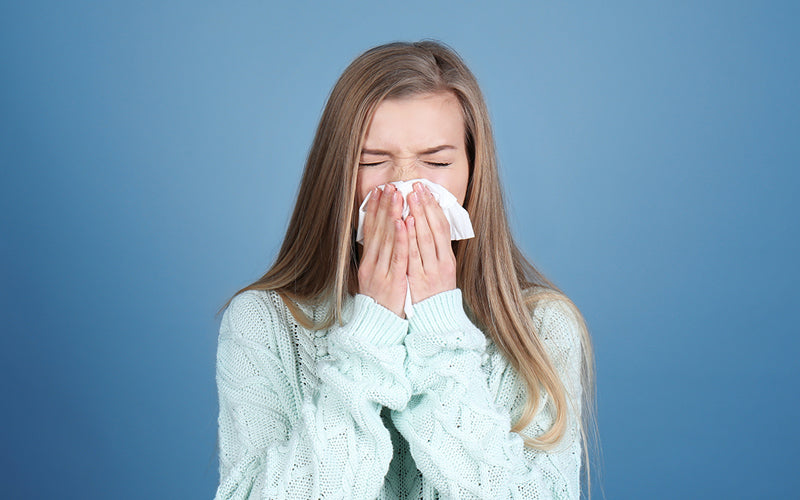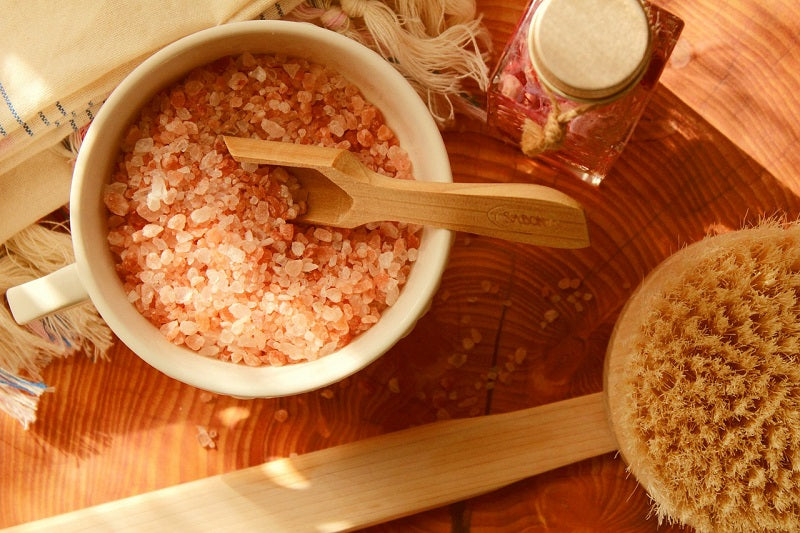Is Hormone Replacement Therapy (HRT) Safe for You?
Perhaps there's no topic of greater confusion to women than the highly publicised introduction of hormone replacement therapy (HRT) for menopause. In a nutshell, the purpose of HRT is to replace hormones that decline from perimenopause onwards. There are various combinations of oestrogen and progesterone (EPT) or oestrogen (ET) only therapies. Delivery systems include patches, creams, tablets or intrauterine devices (IUDs).
The recent release of a meta-analysis published in the LANCET of 58 studies and over 108000 women has clearly indicated that there is an increased risk of breast cancer and that medical practitioners should adjust their prescribing strategies. To put it into context.
"HRT use in western countries has already caused about 1 million breast cancers, out of a total of about 20 million since 1990"
For a small percentage of women HRT may be the only option however for the vast majority of women natural options like Happy Hormones are safe and effective in managing the symptoms of menopause.
HRT is prescribed for symptomatic relief of menopause (hot flushes, loss of libido, vaginal dryness, and insomnia, among others). It may also be prescribed as protection against colorectal cancer and to reduce the risk of diseases associated with oestrogen deficiency such as osteoporosis (prophylactic therapy). Although many women praise the benefits of HRT, it has its negative side which women need to understand in order to make an educated choice. With so many side effects and complications, a woman must think very carefully about the decision to use HRT. Unfortunately, most doctors will tell her that there’s no alternative.
Side effects of HRT
- Undiagnosed vaginal bleeding
- Liver disease
- Coronary artery disease and thrombosis
- Hormone-dependent neoplasms
- Increased risk of breast cancer and endometrial cancer
- Increased body fat and impaired blood sugar control (hypoglycaemia)
- Salt and fluid retention
- Depression and headaches
- Loss of zinc and retention of copper
- Reduced oxygen levels in all cells
- Thickened bile and increased risk of gall bladder disease
- Increased likelihood of fibrocystic breasts and uterine fibroids
- Interference with thyroid activity
- Decreased sex drive
- Excessive blood clotting
- Reduced vascular tone
- Endometriosis, uterine cramping and infertility
- Restraint of osteoclast activity
In order to understand the HRT debate, it is important first to know the female cyclic nature. Traditionally, it has been thought that menopause occurs when the eggs in the ovaries are all used up. However, recent work has shown that menopause is probably not triggered by the ovaries but by the hypothalamic pituitary adrenal (HPA) axis in the brain. It seems that both puberty and menopause are actually brain-driven events.
According to Leslie Kenton, author of Passage to Power, “Everybody who is anybody will tell you that menopause is an oestrogen-deficiency disease and that you will need to take more oestrogen as you approach mid-life. What may surprise you is this: not only is most of such commonly given advice on menopause wrong; a great deal of it can be dangerous”. Fortunately, there is another side to the hormone story that can help women of all ages not only attain greater health, but also reclaim a greater sense of power, responsibility and dignity in their lives.
Synthetic hormones
When the HRT debate hit in the early 1990s, many medical professionals were labelling menopause as a disease of deficiency. The drop in oestrogen experienced during the cessation of menses was considered a hormonal tragedy and negative associations around menopause were then constructed. Hormone deficiency ‘diseases’ essentially required administration of the deficient hormone to reverse or prevent adverse effects.
A change in thought occurred during this time. Suddenly, a natural transition was being termed a disease which we should all 'prevent' rather than support. Hormonal replacement medication was endorsed by these medical professionals and it is still believed that women in their post-menopausal years require continued medical attention via HRT for the rest of their lives.
The strong evidence backing the use of HRT was that women are faced with two issues once they enter this phase of life.
- A need to reduce the intensity of symptoms associated with menopause. HRT is established as a safe and effective way to manage these symptoms.
- The need to protect women against the long-term implications of low oestrogen (bone density and cardiovascular risks).
A drop in oestrogen from midlife onwards is also associated with chronic degenerative diseases, which the medical industry believes is addressed via HRT. However, HRT is not a blanket medication for all women. Some experience great relief from taking artificial hormones; however, it can create potential risks and have minimal effect on the average woman who hasn’t relied on medical intervention throughout her reproductive years.
Ever since the invention of synthetic hormones for contraception, hormone therapy has been the go-to treatment option for the medical community. But is it the best option or are we doing more harm than good? Modern medicine has developed a supply-and-demand model, with people demanding fast results. Hence, pharmaceutical companies develop fast treatment options with little consideration for the totality of the human form.
Hormone therapy and hormonal contraceptives fit squarely into this model. I cannot blame the medical profession because it’s the consumer that has demanded this solution. But there are deeper issues that need to be considered and I spend a large bulk of my time dealing with the secondary consequences of hormonal therapy, trying to educate women on why they’re suffering as a result.
Why HRT may not be safe
Contraception aside, the fundamental concept of treating hormonal imbalances with hormones is flawed due to the fact that hormones literally shift hourly. This makes it impossible to treat hormonal imbalance with hormones. For this reason, you need to ask yourself this question: “What will your body do when you add a hormone into the system?” Well, the answer is that it automatically reduces production of its own hormones which compounds the existing problem.
In the case of menopause and perimenopause the body is going through a transition. The need for hormones change. And with that the body changes how it produces hormones. The adrenals should take over the primary production of oestrogen however when the body is given a blanket dose of the hormone the body will not do this. So the body essentially stays in a perimenopause state. This prolonges the duration of menopause and at some point the lady will need to stop the HRT as long term use is linked to several cancers. So eventually the body must transition and the most common outcome is the lady is left suffering from depression, weight gain and fatigue and often the same symptoms she suffered in the beginning of hot flushes. It's hardly an ideal outcome.
For women who already have an issue with hormone metabolism, synthetic or natural hormone replacement is literally poison to the body. The same is true in most cases of chronic hormonal imbalance. Women who’ve always had painful periods may be able to relate to this as the first point of treatment is often the pill. They react poorly to the pill and after many attempts with different options, symptoms are simply aggravated. Worse, these women end up with hysterectomies. This is quite common in women with endometriosis and PCOS, particularly those who cannot metabolise hormones via the liver and gut. Often there is a genetic predisposition to these conditions.
I realise this is radically different from the mainstream school of thought but from years of balancing women properly, I know there’s a better way to overall health and wellbeing. For a very small percentage of women, HRT may be the best option; however, the greater majority should investigate other options.
The importance of balancing
Instead of trying to suppress hormone-related symptoms, it is far more successful to balance the hormone control centre in the brain. Only herbal medicines which are adaptogenic are able to do this. Black cohosh, chaste tree and sage are your three best choices. They’re called adaptogenic herbs because whatever the hormonal imbalance, they correct it by balancing the hormone control centre and not by influencing hormones directly.
Many people just can’t comprehend this concept because it’s so foreign an idea when you’re used to correcting hormonal imbalances by prescribing hormones. But it’s a much smarter and effective way to manage hormonal imbalances and avoids all the side effects which go with hormonal prescriptions.
The other important part of correcting hormonal imbalances is to look at the root cause – hormone metabolism. When your hormones are not metabolised correctly, they recirculate in the body causing the control centre in the brain to become confused with its own production. Adding synthetic hormones on top of this totally disrupts the body’s own ability to regulate hormones.
We really need to go back to the liver and gut and improve their functionality to allow the body to effectively metabolise and excrete hormones. Once this occurs and you remove synthetic hormones, the body will balance itself naturally with the help of diet and lifestyle changes. Happy Hormones (HH) will also aid in accelerating this balancing process.
What if you are already taking HRT?
Our professional team can assist you to transition from HRT to happy hormones. Never simply stop HRT as it is a powerful medicine and your body has become dependent on it. There is a system to wean yourself and our team can assist you. Simply send us an email with your individual situation and we can guide you. support@happyhealthyyou.com
Achieving hormonal balance is a process. It has taken many years for your body to get to the current hormonal status so it takes time for the body to up-regulate its own internal hormone production.
Happy Hormones is not a panacea that takes your symptoms away instantly. Because of the cyclic nature of the female reproductive system, it will take at least three 28-day cycles to stimulate your adrenals to start to produce the necessary hormones which is the normal physiological process during menopause.
Summary
We suggest to do your own research thoroughly as the decision to take HRT or not can have long term implications on your health and wellbeing. Menopause is a natural process and can be managed naturally with the right approach.
The first step is to take our Women's Health Assessment. It's free and we will send you a comprehensive report to start to take proactive steps to balance your hormones naturally. Over 300,000 women have completed the assessment to date.























